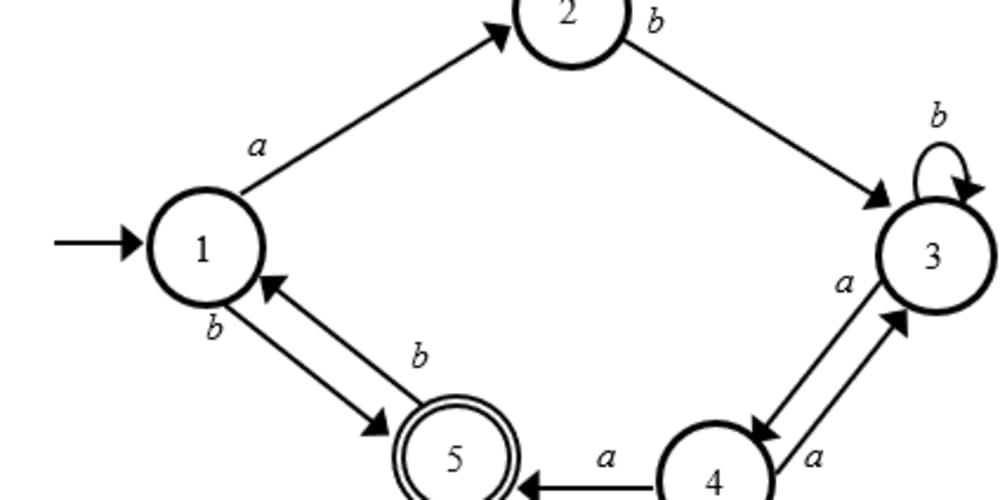Generator Functions: A Deep Dive
Generator functions are a powerful tool in JavaScript that allow you to create sequences of values on-demand. They differ from regular functions in how they execute and return values. Here's a comprehensive breakdown of their features, advantages, disadvantages, use cases, and code examples.
Features:
-
function*syntax: Defined usingfunction*, an asterisk (*) follows thefunctionkeyword to indicate it's a generator function. -
yieldkeyword: Pauses execution and returns a value. You can alsoyieldexpressions to return their results. - Generator object: Calling a generator function doesn't execute the code. Instead, it returns a special object holding the function's state (including the pause point).
-
next()method: This method on the generator object resumes execution from the last pause until anotheryieldor the function finishes. -
Iteration: Generator functions are often used with iterators and
for...ofloops. These loops callnext()repeatedly to get yielded values.
Advantages:
- Memory efficiency: When dealing with large datasets, generator functions only generate values when needed, avoiding memory overload.
- Infinite iterators: You can create infinite sequences for specific algorithms.
- Improved asynchronous handling: While generators are synchronous, they can be combined with asynchronous operations to create a more controlled approach to asynchronous programming.
- Cleaner code: Generator functions can simplify complex logic involving sequences by separating value generation from iteration.
Disadvantages:
- Debugging complexity: Debugging generator functions can be trickier than regular functions due to their stateful nature.
- Not a direct replacement: They are not always a direct replacement for regular functions, and understanding their use cases is crucial.
Use Cases:
- Large data processing: Generate values in chunks to avoid memory issues.
- Iterating over complex data structures: Create custom iterators for specific data structures.
- Lazy loading: Generate data on demand as it's needed, improving user experience.
- Coroutines (advanced): Implement cooperative multitasking for complex asynchronous logic (requires additional libraries).
Code Example:
Here's a JavaScript example demonstrating a generator function that yields a sequence of numbers:
function* numberGenerator() {
let i = 0;
while (i < 5) {
yield i++;
}
}
const generator = numberGenerator();
console.log(generator.next().value); // Output: 0
console.log(generator.next().value); // Output: 1
console.log(generator.next().value); // Output: 2
// and so on...
In Conclusion:
Generator functions offer a powerful way to manage sequences and iterators in JavaScript. By understanding their features, advantages, and use cases, you can leverage them to write cleaner, more efficient, and memory-conscious code. If you're dealing with large datasets, complex data structures, or asynchronous programming, consider utilizing generator functions for a more controlled and optimized approach.


















